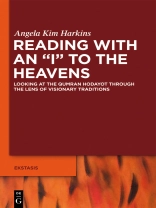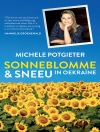This book examines the collection of prayers known as the Qumran Hodayot (= Thanksgiving Hymns) in light of ancient visionary traditions, new developments in neuropsychology, and post-structuralist understandings of the embodied subject. The thesis of this book is that the ritualized reading of reports describing visionary experiences written in the first person ‘I’ had the potential to create within the ancient reader the subjectivity of a visionary which can then predispose him to have a religious experience. This study examines how references to the body and the strategic arousal of emotions could have functioned within a practice of performative reading to engender a religious experience of ascent. In so doing, this book offers new interdisciplinary insights into meditative ritual reading as a religious practice for transformation in antiquity.
Sobre o autor
Angela Kim Harkins, Marie Curie International Incoming Fellow, University of Birmingham, UK.












